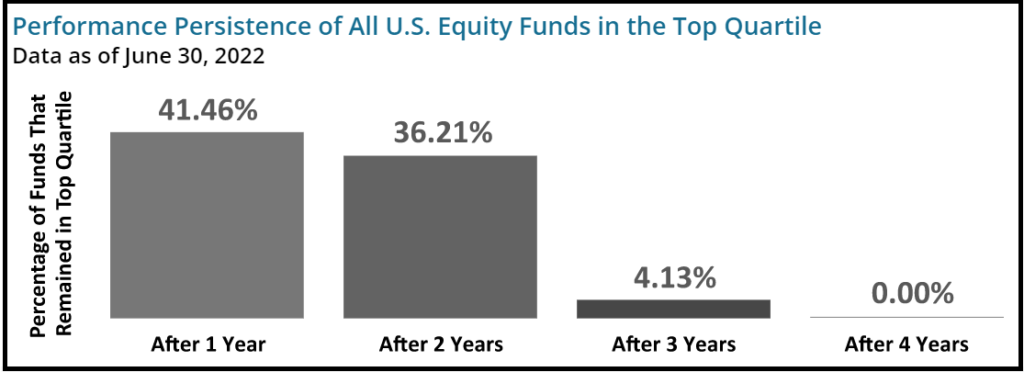
Sundar Pichai, the CEO of Google and its parent company Alphabet looks ready to play the “evil genius”.
At around 15% of my investments, Alphabet (US:GOOGL) is a major holding in my portfolio. It is my biggest international holding. I first dipped into the stock back in 2019 and have been trying to top up (in small amounts) each year since.

Since Larry Page and Sergey Brin launched Google in 2004 with a killer search engine, the many tentacles of Google/Alphabet have spread into the everyday life of billions. Youtube alone had 2.6 bn annual users in 2022.
(Google’s search and advertising) is Alphabet’s best business, accounting for 80% of Google’s total revenue in 2022 including Google Search and other properties like Google Network ads and YouTube. The remaining 20% comes from Google Cloud (9.4%) and its apps, hardware and content businesses (10.4%).
From Intelligent Investor
Why keep investing in Alphabet?
Before any investment decision, Slack Investor will do a bit of research. Market Screener has a Financial page on each stock.

When the income chart looks like the above showing a track record of growth (prior to 2023) – and projected further growth up to 2025 – I’m interested. A look now at Slack Investors favourite finance indicators. A projected Return on Assets (ROE) of 24.5 in 2025 (well above 15%), a 2025 predicted PE ratio of 17.5 (very low for a growth stock), and plenty of cash on hand for further aquisitions – it all looks good.
Nitpicking
Despite admiring the skill of Alphabet management in aquisition and company growth, Slack Investor is not enamoured with everything this company does. There are some things that I find annoying. Back in 2017, they sudddenly dropped their popular Google Finance Portfolio feature. Slack Investor then migrated to Yahoo Finance to keep track of his portfolio. I note that Google Finance has recently reinstated its porfolio feature – but I have already moved.
To keep growing revenue, many of their channels are being further monetized. I love using Youtube for music, entertainment, and the millions of helpful “how to” guides. However, the ads at the start of the clips are tedious. This is an attempt to get people into Youtube (no ad) Premium at $13.99 per month.
I also had a recent battle to reduce the amount of data in my google account (Photos, Google Drive, gmail) to below the 15 Gb free limit. This is deliberatly not a simple process and seems to be designed to push people into more storage through a subscription starting at $2.49 per month.
These are relatively small quibbles though – and Slack Investor really doesn’t expect “something for nothing”. I continue to hold and a happy buyer of this company using an international e-broking account with CMC Markets – Alphabet, I hope, will be a very long-term holding.








